A conversation on the future of Lamborghini in the face of electrification and troubles at parent company Volkswagen Group.
If Volkswagen Group seems beset with problems, the pain isn’t equal across the board. As Volkswagen is having difficulty developing and selling EVs, such problems don’t beset its Lamborghini division. Here, CEO Stephan Winkelmann’s vision of what the brand should be has been a rare exception in the automotive world, where a shifting landscape of regulations and the rise of China as a dominating EV force hasn’t sidetracked his plans for Lamborghini.
And it’s working.
In 2023, Lamborghini sold 10,112 cars globally last year, breaking the 10,000-unit barrier for the first time in the company’s six-decade history. Of those, 6,087 were the Urus SUV, with the Huracán accounting for 3,962 units, and the Aventador accounting for the remaining 63.
And 2024 looks to be another banner year, with Lamborghini delivering 8,411 cars for the first nine months of 2024, an 8.6 percent increase over the same period in 2023.
The strong sales come as the company is electrifying its lineup with new hybrid drivelines.
We spoke exclusively with Winkelmann recently during Miami Art Week, where he was delivering the first
plug-in hybrid globally. The interview has been edited for clarity and length.
Headlight News: You’re in a really good spot as is your brand. Your lineup now offers hybrids across the board. And they come to market at a time when, all of a sudden, everybody wants hybrids. Is it just good timing?
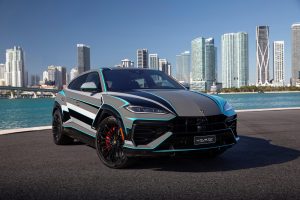
Lamborghini design center, Centro Stile, and the direction of The Miami Art Basel Urus SE, designed by Lamborghini’s Ad Personam customization team.
Stephan Winkelmann: No, I think we, we came when we really thought that the market would be ready. We were never in the race to be the first ones going plug-in hybrid, because we always said this type of technology is not only about craftsmanship or innovation, it’s also about coming when the market is ready. And when we come, we want to be the best, and for us, it’s a combination of performance and reduction of CO2 emissions. But at the end of the day, the performance has to be the one in which we are leading, because otherwise there is no reason of doing it. Just to reduce emissions and not having additional power impact on the car’s performance is a losing game. So we always said that this technology must help us perform even more than before.
HN: Is this a hard sell for some of your customers? Are there customers just saying, ‘I don’t want an electric motor in my car?’
SW: For sure, there will be people not accepting our type of car, but the majority is. And more than the majority, because we have a very successful year almost behind us. We are conquesting new customers, and therefore, I think that the plus is much bigger than what we might lose. But this is not something we know. But for sure, there would be people saying, ‘I don’t buy a car with a hybrid.’
HN: How is the SE trending on Urus? Is it as big a percentage of buyers as you expected? Is it larger?
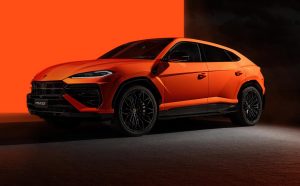
The Lamborghini Urus SE plug-in hybrid is just now reacing the market. It’s sold out through next year.
SW: It’s in line with the expectations. Now, the Urus came out in 2018, and now we are sold out until the end of next year with the car not even in the market. Almost nobody has driven the car. It’s something almost nobody has done in this type of car.
HN: Is customization something that you’re looking at increasing in your product lines. Many premium automakers are introducing greater and greater customization. Is that something that you’re considering?
SW: For sure, this is one of the things which makes a Lamborghini a Lamborghini. More and more individualization plays a role. It’s very much our customers wish to have something nobody else has in terms of individualization, and for us, being very limited in volumes, this is an extra margin on top of each and every car. This is something which is very important for the future of the company because it’s a very complex way of doing business to have all the different colors, fabrics, stitching, and this creates high complexity and high costs.
HN: Which a bespoke customer pays for anyway.
SW: Yeah, otherwise, we would not do it because we need this to reinvest in the future.
HN: Now that hybrids seem to be populated throughout the lineup, full electrification is next, as you’ve said, by the end of the decade. Do you think there’s going to be resistance to that? Is that going to be a tough sell for a Lamborghini customer?
SW: Well, we’re approaching it in a very cautious way, because we are talking about an add-on car, a fourth model, which means that we keep me Temerario and Urus hybrid as long as possible, and we have an additional car, which is going to be a two-plus-two, which is the first full electric car. And we see that this is a good add-on for Lamborghini even though the acceptance of a full electric car is taking longer than expected. We think that with this car coming at the end of this decade, this is the moment in time when this is starting to get enough customers for us. And on top of that, we have to prove that the car is not only fast, but also very emotional.
This is one of the two sides of the performance of Lamborghini. One is the other pure numbers – acceleration, top speed, and things like this – and then, how you feel the car? Now, this is what the key element of emotion, besides all the naked numbers.
HN: And it’s a challenge, because in an internal combustion car, it’s a controlled explosion, there’s movement, there’s noise, there’s none of that. With electrification, that’s probably the biggest challenge you face.
SW: This is the challenge, and we are working on it. There are a lot of technologies and software where you can do much more, for example, in the handling behavior. You can have much better emotionalized part of this than today. And this is one of the things we have to fulfill to be successful with electric cars. But on the other hand, the other three, we want to keep hybrids as long as possible. This depends on the legislator, and we also see the opportunity to also have synthetic fuel, which is helping us to keep the internal combustion engines alive As you know, after the middle of the next decade.
HN: As you know, Porsche, which is part of the Volkswagen Group family, is working on that? Is that something you’re looking towards? Could it be that maybe there won’t be a need for electrification?
SW: I don’t think that this is going to happen. But maybe there is a parallel for certain type of cars and also a good opportunity to reduce drastically the emissions if the synthetic fuel is able to be burned in internal combustion engines of today.
HN: Given the success of Lamborghini, is the company being impacted by the troubles at Volkswagen Group overall? Are you feeling any impacts from that?
SW: You know, the Volkswagen Group is good in in dealing with brands. Lamborghini is a brand that has a clear responsibility of the profit and loss, on the development of the cars, the production of the cars, and the states of the cars, and at the end of the day, as I said, also in terms of the operating profit. And this is something which is our responsibility, and nobody is going to take this away from us.
HW: Being the CEO of a brand that has such a clear mission and such a clear image must make it a lot easier than, say, being Volkswagen, where there are so many more flavors to the portfolio.
SW: There’s not me to judge. Everybody works for his brand.
HN: Can you see a point where you no longer make an internal combustion engine?
SW: This depends on the legislator, not on us. And it’s clear that we have to be prepared to face this. If you ask me, we will continue to build cars, and we have the task to do this also, if the if the challenge is a different one,
HN: With the development of China and what they’re doing with electrification, is that a cause for concern for you? They’re not in your space yet, but it’s foreseeable that they could be very quickly.
SW: As long as they continue to do electric cars. I don’t see that they are going to invade our territory, because we are one of the strongholds. And as I said, now the curve is flattening in terms of acceptance of high-end electric cars. So I don’t see that there is something which is challenging for us from other markets. On the other side, the Chinese market worldwide is the biggest one, but not in terms of luxury cars. So worldwide, it’s about 20-plus percent, 20% of the total market, and for the luxury markets, it’s around 10%. So we are not overexposed in China, we never did it unlike other brands. They are having a problem because they are overexposed.
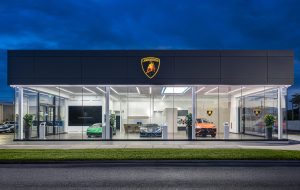
Lamborghini’s largest U.S. markets are California, the Northeast, Texas and Florida. WInkelmann opened a new store in South Dade County, shown at right, while attending Art Basel.
HN: You’re not a large automaker. Your volume isn’t that large. So, are there parts of the U.S. where you’d like to grow more, or you see opportunities for growth?
SW: We are very well established in the U.S. now in California, Florida, three states up in the Northeast, and Texas. All these are the big markets. Then here and there, there are opportunities. But we are almost settled here.
HN: Do you see a time where that Countach-influenced design language plays out and you have to go in a different direction?
SW: We always look into a style that remembers the DNA of the Countach. Those simple lines make Lamborghini very recognizable. And so far, we are not planning to change this. It’s clear that the Huracán and that the Temerario are very different in terms of design, but they’re recognizable as Lamborghini, and this is the key element we need to maintain.

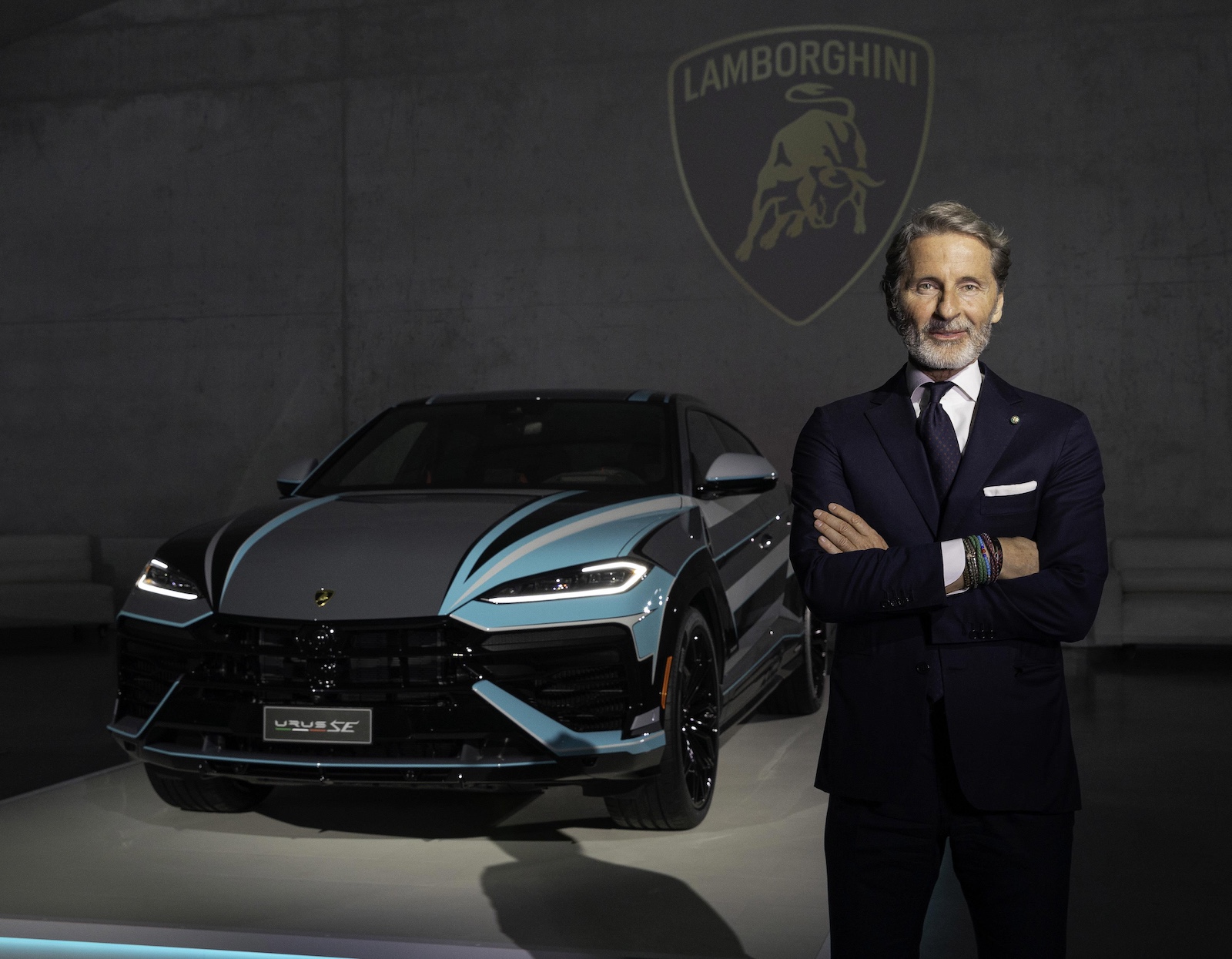
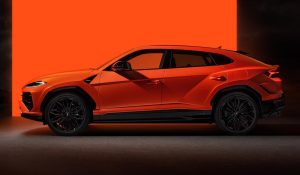
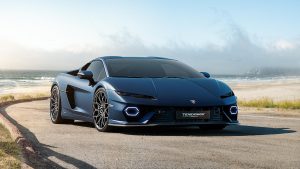

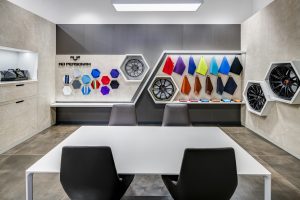

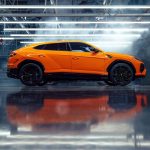
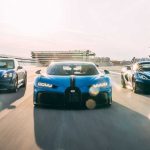
0 Comments